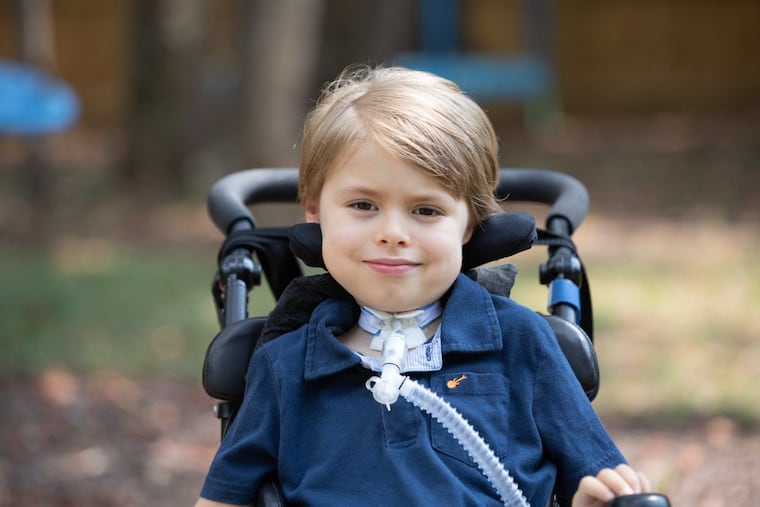CDC predicts outbreak this month of rare childhood paralysis linked to polio-like virus
In the last such outbreak in 2018, one-third of patients were not hospitalized until at least two days after the onset of limb weakness.

Starting this month, the United States should expect an outbreak of acute flaccid myelitis (AFM), a form of childhood paralysis thought to be caused by a viral infection, government health officials said Tuesday.
Though AFM remains uncommon, it spikes in even-numbered years, with 238 cases identified in 2018, the U.S. Centers for Disease Control and Prevention said. The agency has confirmed 16 such cases so far this year, including one in New Jersey, but most are expected to occur in August through November.
A new analysis of the 2018 outbreak found that 35% of patients were not hospitalized until at least two days after the onset of limb weakness, the agency said — a worrisome delay in a disease for which fast action can reduce the risk of long-term disability. Treatments are few, but prompt use of steroids can prevent debilitating inflammation that is associated with the development of lesions on a child’s spinal cord.
The disease is thought to be caused by a respiratory virus called an enterovirus, which in the vast majority of cases causes mild symptoms. The microbe is a cousin of the virus that causes polio.
The CDC urged parents and physicians to be on the lookout for any sudden limb weakness, neck pain, or back pain in young children, especially when accompanied by a recent respiratory illness or fever.
“Recognition and early diagnosis are critical,” agency director Robert Redfield said.
Reduced preschool hours and other COVID-19 social distancing measures may reduce the spread of AFM this year, the CDC said. But vigilance remains essential, especially since many patient-doctor interactions are occurring via telemedicine, said Thomas Clark, deputy director of the agency’s division of viral diseases.
“Clinicians should not delay hospitalizing patients when they suspect AFM,” he said.
» READ MORE: Scientists race to find treatment for 'polio-like' illness
Other details from the agency’s analysis of the 2018 outbreak include:
The median age of children with the disease was 5.
76% of patients got medical care within one day, and 64% went to the emergency room during that period.
Eventually, 98% of patients with AFM were hospitalized.
54% of patients were admitted to an intensive care unit.
One in four hospitalized patients needed mechanical ventilation to help them breathe.
94% of cases were identified in children.